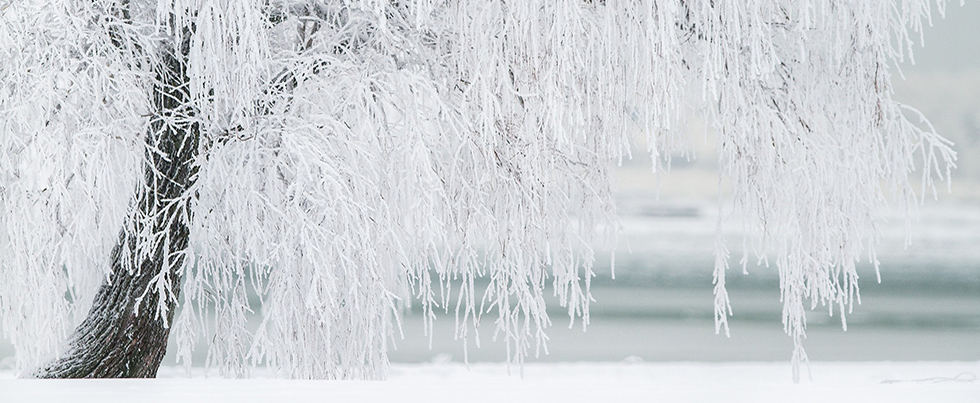
Winter Safety
Our community hills and wetland ponds are popular places in winter for sledding and skating. It’s great to see so many families getting outside and enjoying themselves! However, people must be aware of the potential risks in these activities, especially this time of year when the snow and ice conditions become more unpredictable due to weather fluctuations. Here are some safety reminders in order to keep these activities enjoyable for everyone.
ICE SAFETY
Unfortunately, there is not a proper outdoor facility for ice-skating in our Community, so our wetland ponds remain the top choice. Ice strength on these ponds is variable throughout the winter due to many factors including the temperature of the air, chemical and organic compounds in the water, size and depth of the water and obstructions such as logs, garbage, and rocks in the water.
If you choose to skate on these ponds, please remember to:
- Inform others of your destination and estimated time of return
- Check weather conditions and if possible, check the thickness of the ice before setting foot on it dress appropriately and in layers
- Do not venture on the ice alone, and do not skate at night when ice conditions are at the most volatile
- If you hear cracking in the ice or see water seeping through, vacate the ice immediately
If someone should fall through the ice:
- The victim should stay calm. They will experience a cold-water shock and a gasp reflex. They should try to keep their head out of the water and control their breathing
- Shout for help and encourage the victim to try to keep a grip on the ice shelf without thrashing, while trying to kick and pull themselves out of the ice.
- If the victim is not able to get out of the water in 5-10 minutes, call 911 for help and ask for the fire dept.
- Get a “buddy” to try to reach or throw an aid to the victim, such as a branch, hockey stick, or a scarf.
- When trying to assist a victim, keep your body near the ground to prevent being pulled onto the ice.
TOBOGGANING SAFETY
Most sledding injuries occur from colliding with stationary objects (trees, rocks) or with other people on the hill.
Losing control at high speeds is also a risk, especially for children.
- Make sure your sled is in good condition and inspect it regularly.
- Currently, there are no helmets designed specifically for sledding. However, children should wear a properly fitted helmet designed for high-impact collisions, such as for hockey, cycling or climbing.
- Dress warmly, in layers and anticipate weather changes.
Watch for hazards and avoid:
- Hills that are too steep or too icy.
- Hills that contain too many obstacles like trees, rocks or fences
- Hills that end with a road, parking lot or creek at the bottom
- Doing tricks on a sled such as standing up or going backward
- Sledding at night if the hill is not well lit
